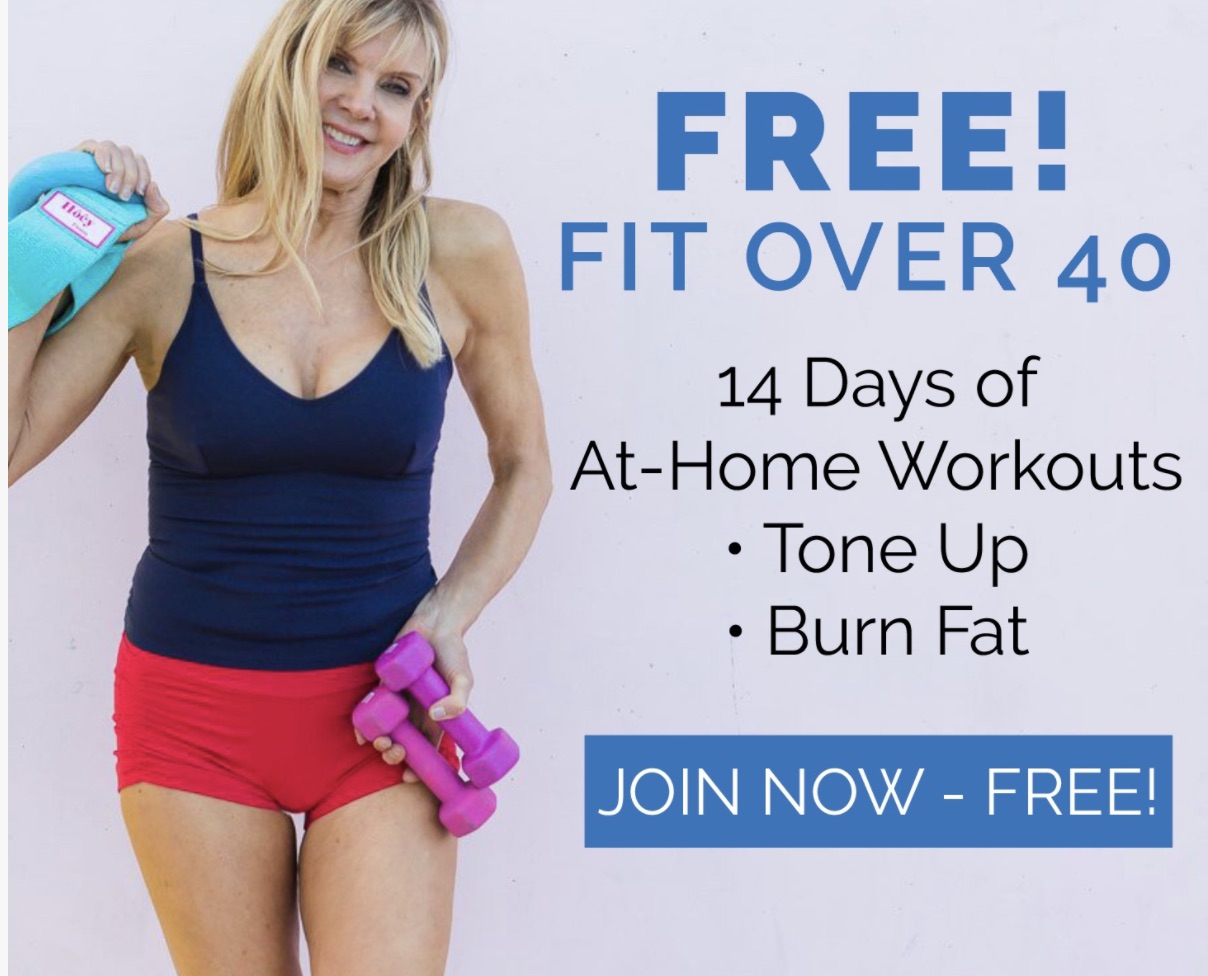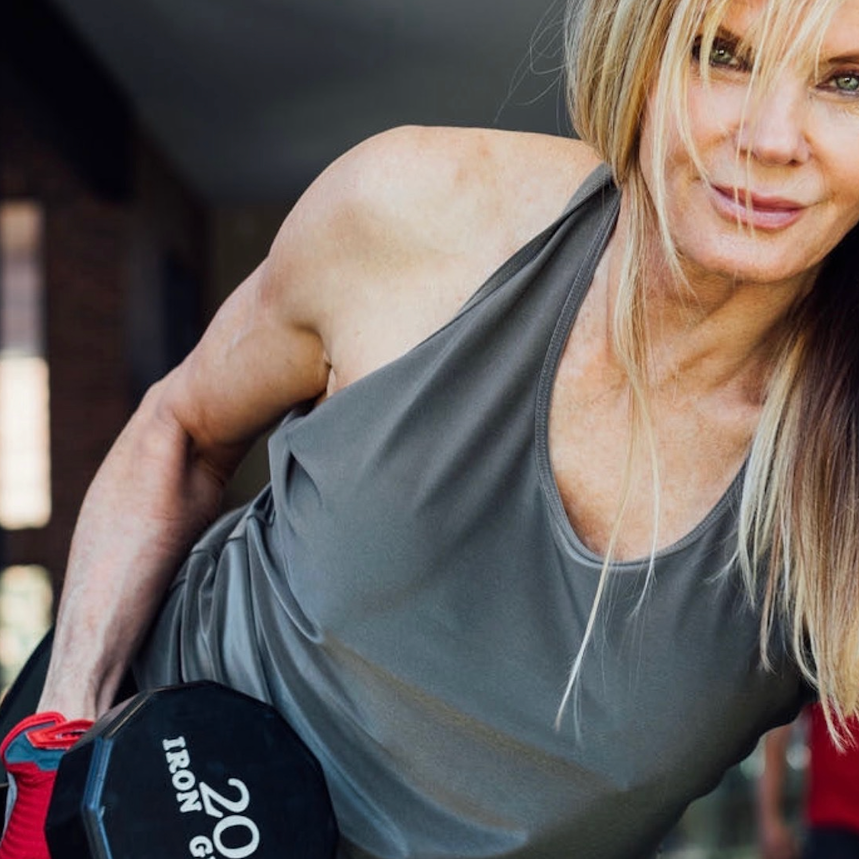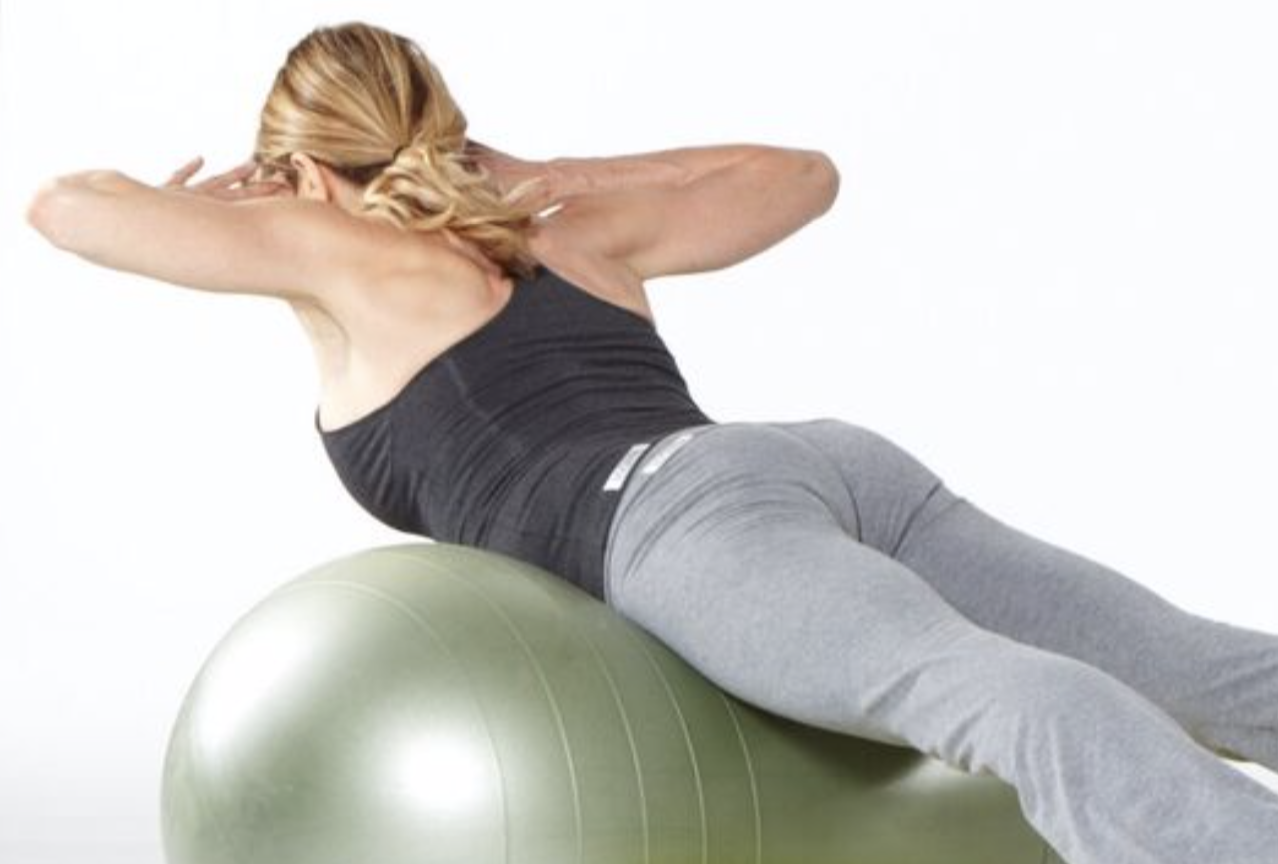3 Steps to Have a Love Affair With Your Body
Every day is a new chance to say goodbye to chasing a younger version of ourselves and hello to the best version of us right now. It’s about looking in the mirror and not just seeing what’s there but really feeling it too; recognizing the face, the body that has carried us through thick and thin.
It’s remarkable, isn’t it, how we can stare at that reflection and only see what we think is missing or has changed, rather than what’s been gained with each passing year—wisdom, stories, laughter lines.
Focus On Function.
Focus more on what your body can do than how it looks. By doing so, you free yourself from the opinions of others. At the same time, you discover a treasure trove of qualities that can’t be tarnished by age: energy, sensuality, confidence, vibrancy, capabilities, and skills—all of which have their own allure. Train yourself to see the functioning of your body for the miracle it is, and take pride and pleasure in the sum of who you are.
Exercise: What I Like About Myself
Write down five things you like about your body. These can be functional or aesthetic. Then write down five things you value about yourself as a person. These can include skills, abilities, talents, qualities, or accomplishments. Do you find it hard to identify positive things about yourself? Read this list aloud to your partner or to a friend.
Adapt to What You Can’t Change.
How do you make peace with less lovable body parts? First, realize that the problem is not the feature itself; the problem is that it bothers you. Here are some techniques for changing your perspective.Exercise: Resizing
Remember in the Edgar Allan Poe story “The Telltale Heart,” how the faint sound of the murdered man’s heartbeat seemed to get louder and louder until the culprit went mad? This is a good example of things taking on exaggerated significance.
If you seem to be blowing things out of proportion—suck them back down to size!
An NLP (neurolinguistic programming) technique that works well for some people is this: Relax, close your eyes, and breathe comfortably for a moment. Imagine the feature that bothers you. See it clearly in your mind. Make the picture as vivid and real as you can—see it in a real setting, with specific sounds and lighting and associated details.
Now begin to see a box around the scene, like the frame around a picture. Imagine the frame shrinking, and watch the picture shrink as the frame closes in. Make it smaller, smaller, smaller, until it seems miles away and the sounds are lost in an echo, as at the bottom of a well. Imagine it continuing to shrink until—poof !—it vanishes. Immediately call to mind a happy memory, with all its associated details. Fully see this happy scene in vivid color, filling the screen in your brain. Now smile broadly and open your eyes. Practice this visualization regularly.
Exercise: Celebrating It
One of the most liberating techniques I’ve discovered is to actively celebrate the part of your body you don’t like. If you can make that part of you seem lovable, it may just become more lovely. Unless you’re in a group of women all trying this together, you’ll want to do this exercise when you’re alone. The idea is to put the body part on display nonverbally—using gesture and body language—and experience how it feels to do so. Exaggerate it. Thrust it forward. Flaunt it. Put on some music and do a dance featuring it. Be bold with it and make the universe acknowledge it.
Exercise: Creating Your Own (Virtual ) Community
Think of ways to create a setting that normalizes your body. For example, create a collage of photos of people who look like you. Find photos of nonmodels, of “real people.” Cut photos out of newspapers or out of your church bulletin. The Web can also be a source of photos. Crazy as it sounds, you can actually do a Web search for “big noses” or “small breasts” or “Rubenesque body” and you’ll often find images to choose from. (I recommend doing this with your search engine set to exclude explicit images.) You’ll even find, in some cases, other people “celebrating” the body trait you deplore.
By doing this, you can become your own media source in the cause of beauty diversity: Flood your brain with images of normal people who look just like you. Take back the airwaves!
Learn to reframe your goals.
As we get older, we may occasionally compare ourself to our younger selves in our memory and fall short. Meanwhile, the twenty- or thirty-year-old may look at her body and feel dissatisfied or ashamed because it’s not sufficiently thin, tall, curvy, lean—or any number of ideals.That’s why your first step has been to look truthfully at your body, without judgment or self-criticism.
I feel sexier and more alive now than I ever have before. Those years of experience have taught me who I am, where my power is, and how to use what I’ve got.
My idea of a realistic goal is this: I want to look and feel good for my age and for the basic type of body I have. That means focusing on vitality, fluidity, and freedom of movement, more than on absolute strength or ideal weight.





